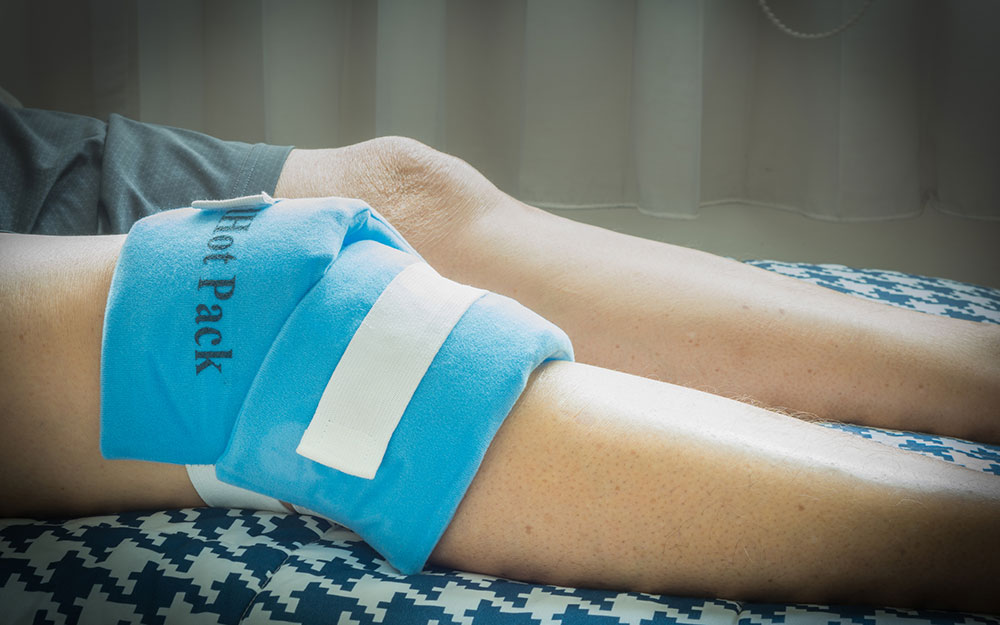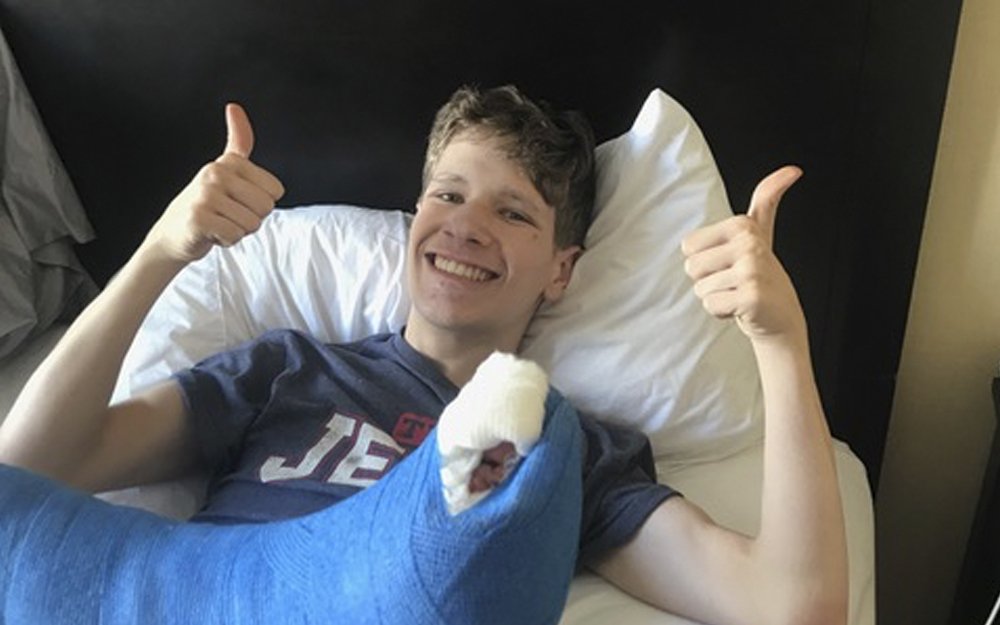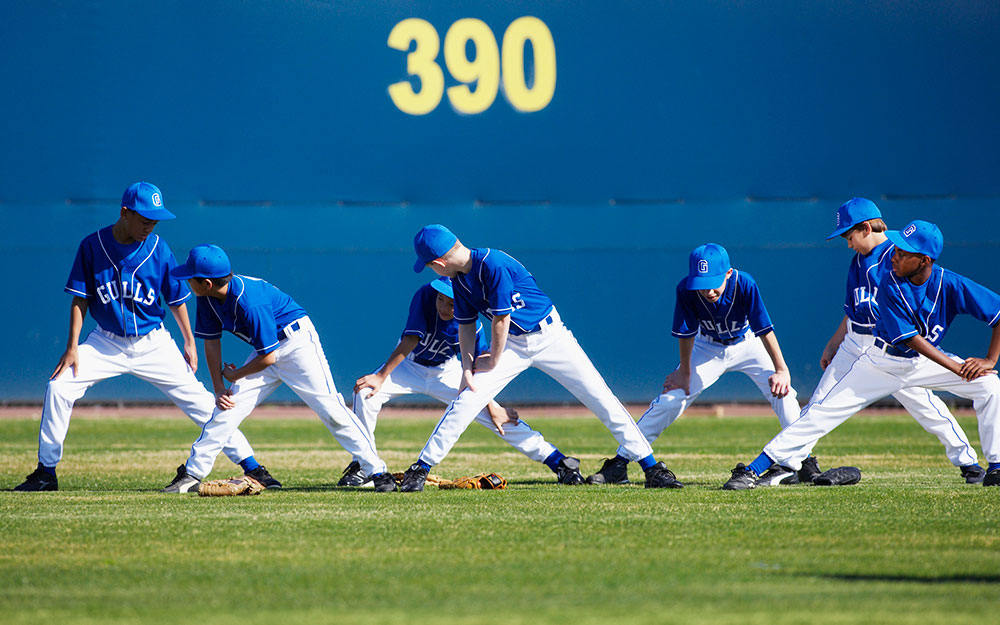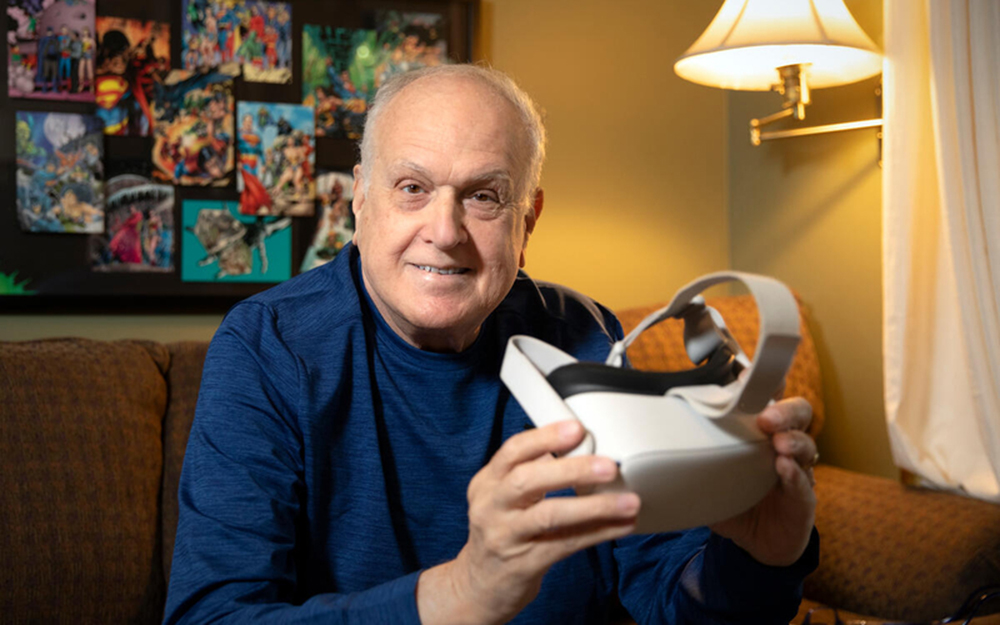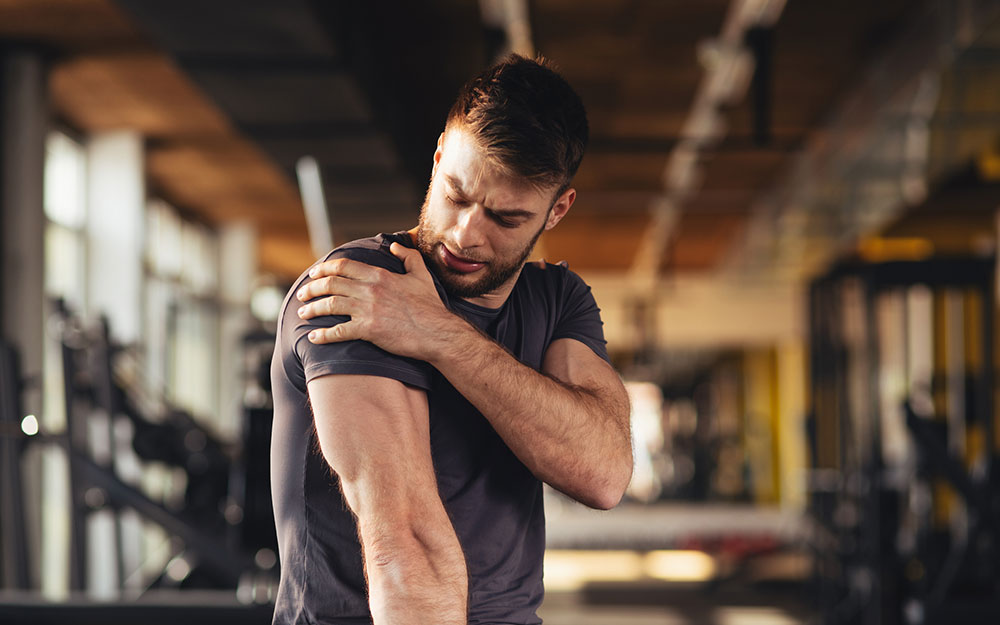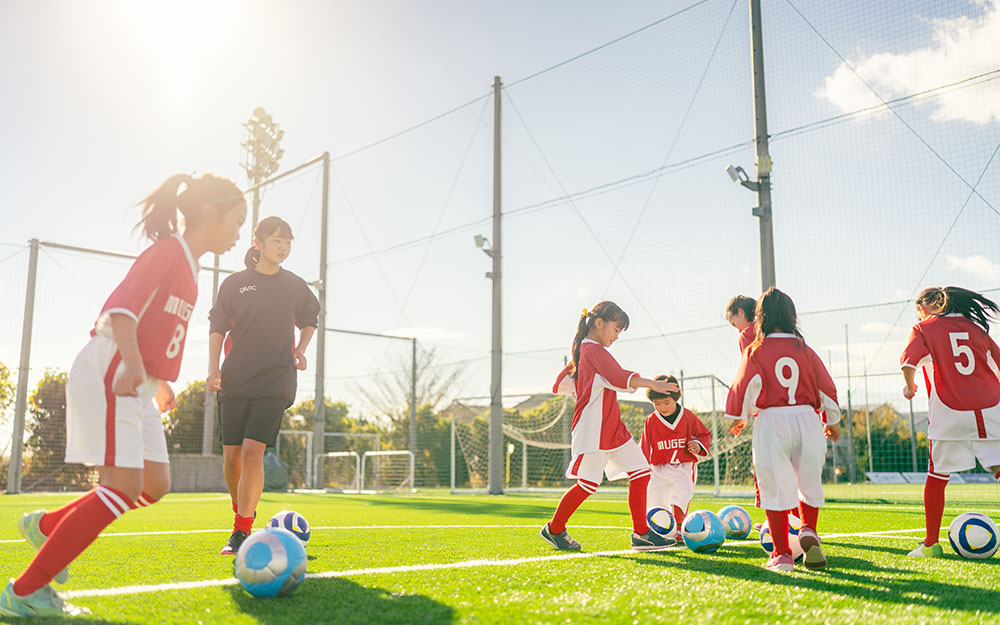The ABCs of Knee Ligament Injuries
Date
January 1, 2025

Date
January 1, 2025
Credits
Medical providers featured in this article

In Brief
{{cta-block}}
The knee is one of the human body’s largest joints and one of its strongest. The knee structure is quite complex, and the human body demands a lot from it every day. It is home to four major ligaments: the ACL, LCL, MCL and PCL. Each of these ligaments is a strong, elasticized band of tissue that connects the thighbone to the two shin bones and provides the knee joint with stability for all of its activities.
The knee’s structural complexity and the demands on it, however, make its ligaments (as well as other knee structures) susceptible to injury and damage—especially for athletes of all ages and levels.
Below is a brief overview of the major knee ligaments, their function and the ways they can become injured.
{{providers}}
Cruciate Ligaments—ACL (Anterior Cruciate Ligament) and PCL (Posterior Cruciate Ligament)
The ACL is in the front-center of the knee and keeps the lower leg bone (tibia) from sliding forward on the thigh bone (femur). It also controls rotation or pivoting of the knee.
ACL injuries typically occur during athletic participation when stopping, changing directions, jumping abruptly or suffering trauma from a blow to the knee when it is in a more extended position. A tear of the ACL is one of the most common injuries, especially in contact sports.
The PCL is located at the back of the knee and controls the tibia from sliding backward on the femur. Injury to the PCL ligament most often occurs due to a sudden and direct blow, such as a tackle in football, usually with the knee in a bent (flexed) position, or by the knee hitting a dashboard as in an automobile accident. The PCL is injured far less often, however, than the ACL.
Collateral Ligaments—LCL (Lateral Collateral Ligament) and MCL (Medial Collateral Ligament)
The LCL is located on the outer (lateral) side of the knee and provides stability to the outer knee. The MCL is located on the inner (medial) side and provides stability to the inner knee. The LCL and the MCL are designed to withstand large loads. They, particularly the MCL, are commonly injured via a direct blow to the side of the knee.
Whenever an injury to the knee occurs that results in pain, swelling, instability or disability, it is essential to schedule an appointment with a highly qualified and experienced orthopedic surgeon as soon as possible.
The highly trained orthopedic and sport medicine specialists at Cedars-Sinai Orthopaedics are leaders in diagnosing and treating knee injuries. Whether by rehabilitation, regenerative techniques, reconstruction or replacement, we have expertly treated knee conditions in elite athletes, weekend warriors, pediatric and adolescent athletes, as well as injured workers and active seniors, among others.
While a thorough history, physical examination and X-rays may be all that is needed for a definitive diagnosis, other diagnostic imaging studies such as MRI may also be required. Once a diagnosis is made, the orthopedic surgeon will discuss a tailored treatment plan focused on a patient’s recovery goals.
Depending on the severity, some patients can recover from ACL, MCL, PCL or LCL injuries with a rehabilitation program consisting of physical therapy and bracing. However, ligament reconstruction or repair is often recommended, especially for those who want to resume participating in sports or who perform physically demanding work.
